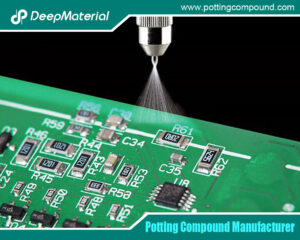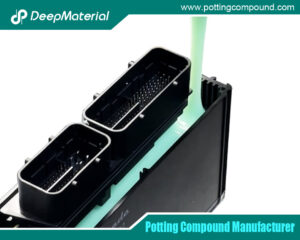
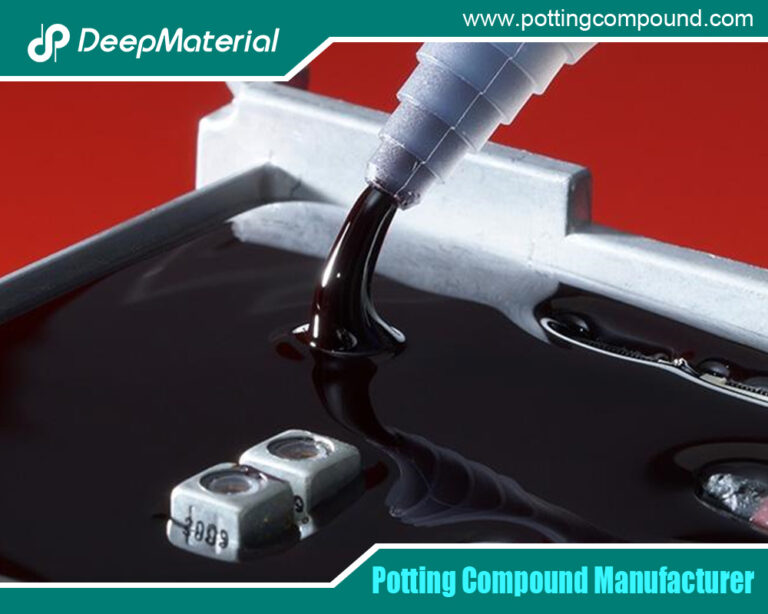
Non-Conductive Coatings for Electronics: Enhancing Protection and Performance
- Electronic Potting Material Manufacturer
- August 7, 2024
- Acrylic Conformal Coating, acrylic vs silicone conformal coating, coating for electronic implants, conformal coating electronics, conformal coating for electronics, conformal coating for pcb, conformal coating for pcb standards, Conformal Coating in Electronic, conformal coating in electronics market, conformal coating manufacturers, conformal coating material, conformal coating material types, conformal coating overspray, conformal coating pcb, conformal coating process, conformal coating silicone, conformal coating spray, conformal coating suppliers, conformal coating types, conformal coating waterproof, conformal coatings for electronics, nano coating for electronics, non conductive coating for electronics, non-conductive, non-conductive coating, non-conductive coatings for electronic, waterproof coating for electronics, waterproof nano coating for electronics
Non-Conductive Coatings for Electronics: Enhancing Protection and Performance
In the rapidly evolving world of electronics, the demand for reliable and durable components is higher than ever. One crucial factor in achieving this reliability is the use of protective coatings. Non-conductive or dielectric coatings play a vital role in safeguarding electronic components from environmental factors, electrical interference, and physical damage. This article delves into the various aspects of non-conductive coatings for electronics, including their types, applications, benefits, and prospects.
Understanding Non-Conductive Coatings
Non-conductive coatings are materials applied to electronic components to insulate them electrically and protect them from external factors. These coatings are designed to be electrically insulating, ensuring that they do not conduct electricity and prevent short circuits and electrical interference. The primary functions of non-conductive coatings include:
- Electrical Insulation: Preventing electrical current from passing through the coated surface.
- Environmental Protection: Shielding components from moisture, dust, chemicals, and other environmental contaminants.
- Physical Protection: Guarding against mechanical damage such as scratches, abrasions, and impacts.
- Thermal Management: Assisting in heat dissipation to maintain optimal operating temperatures.
Types of Non-Conductive Coatings
Several types of non-conductive coatings are used in the electronics industry, each with unique properties and applications. The most common types include:
Epoxy Coatings
Epoxy coatings are widely used in electronics due to their excellent adhesion, chemical resistance, and mechanical strength. They are typically applied as a liquid and cured to form a hard, durable layer. Epoxy coatings protect printed circuit boards (PCBs) and other sensitive components from moisture and physical damage.
Polyurethane Coatings
Polyurethane coatings offer high flexibility and durability, making them suitable for applications where components may experience mechanical stress or vibrations. They also provide excellent resistance to chemicals, abrasion, and UV light, making them a popular choice for outdoor and harsh-environment applications.
Acrylic Coatings
Acrylic coatings are known for their ease of application, fast curing times, and good electrical insulation properties. They are often used in applications where rework ability is essential, as they can be easily removed and reapplied. Acrylic coatings provide reasonable protection against moisture and contaminants, making them suitable for various electronic devices.
Silicone Coatings
Silicone coatings are highly flexible and can withstand extreme temperatures, making them ideal for thermal cycling or high-temperature applications. These coatings provide excellent electrical insulation and resistance to moisture and chemicals. Silicone coatings are commonly used in automotive and aerospace electronics.
Parylene Coatings
Parylene coatings are applied through a vapor deposition process, resulting in an ultra-thin, uniform layer that conforms to the shape of the coated component. Parylene coatings offer superior barrier properties against moisture, chemicals, and gases, making them ideal for high-reliability applications such as medical devices and aerospace electronics.
Applications of Non-Conductive Coatings
Non-conductive coatings are used in various electronic applications to enhance performance and durability. Some of the critical applications include:
Printed Circuit Boards (PCBs)
PCBs are the backbone of most electronic devices, and their reliable operation is crucial. Non-conductive coatings are applied to PCBs to protect them from moisture, dust, and chemical contaminants. This protection is essential in preventing corrosion and electrical failures, ensuring the longevity and reliability of the electronic device.
Medical Devices
Electronic devices must operate flawlessly in demanding environments in the medical field. Non-conductive coatings protect against bodily fluids, sterilisation processes, and other environmental factors. These coatings ensure the safe and reliable operation of medical devices such as pacemakers, diagnostic equipment, and implantable devices.
Automotive Electronics
The automotive industry relies heavily on electronic systems for control, safety, and infotainment. Non-conductive coatings protect automotive electronics from harsh environmental conditions, including temperature fluctuations, moisture, and chemicals. This protection is essential for the reliable operation of critical systems such as engine control units, sensors, and communication modules.
Aerospace and Defense
Aerospace and defence applications demand high-reliability electronic systems that can withstand extreme conditions. Non-conductive coatings protect against moisture, chemicals, and mechanical stress, ensuring the reliable performance of avionics, radar systems, and communication equipment.
Consumer Electronics
In consumer electronics, non-conductive coatings enhance the durability and lifespan of devices such as smartphones, tablets, and wearable gadgets. These coatings protect sensitive components from moisture, dust, and physical damage, ensuring consistent performance and user satisfaction.
Benefits of Non-Conductive Coatings
Using non-conductive coatings in electronics offers numerous benefits that contribute to electronic devices’ overall reliability and performance. Some of the key benefits include:
Enhanced Reliability
Non-conductive coatings provide a protective barrier that shields electronic components from environmental factors and electrical interference. This protection enhances the reliability and longevity of electronic devices, reducing the risk of failures and downtime.
Improved Performance
Non-conductive coatings help maintain optimal performance levels in electronic devices by preventing electrical interference and short circuits. These coatings also ensure that electronic signals are transmitted accurately, resulting in improved functionality and efficiency.
Environmental Protection
Electronic components are often exposed to harsh environmental conditions, including moisture, dust, and chemicals. Non-conductive coatings provide a robust protective layer that prevents environmental contaminants from reaching the components, ensuring their safe and reliable operation.
Mechanical Protection
Non-conductive coatings offer physical protection against mechanical damage such as scratches, abrasions, and impacts. This protection is essential for maintaining the integrity and functionality of electronic components, especially in applications where physical stress is a concern.
Thermal Management
In high-power or thermal cycling applications, non-conductive coatings assist in heat dissipation, helping maintain optimal operating temperatures. This thermal management capability is crucial for preventing overheating and ensuring the reliable operation of electronic devices.
Future Prospects of Non-Conductive Coatings
The future of non-conductive coatings in the electronics industry looks promising, with advancements in materials and application techniques. Some of the key trends and prospects include:
Nanotechnology
Nanotechnology is expected to play a significant role in developing advanced non-conductive coatings. Nanocoatings offer enhanced barrier properties, improved adhesion, and superior mechanical strength. These coatings can be tailored to meet specific application requirements, providing targeted protection and performance enhancements.
Environmental Sustainability
As the electronics industry increasingly focuses on sustainability, there is a growing demand for environmentally friendly coatings. Research is underway to develop non-conductive coatings that are biodegradable, non-toxic, and produced using sustainable processes. These coatings will help reduce the environmental impact of electronic devices.
Advanced Application Techniques
Innovations in application techniques, such as spray coatings, dip coatings, and vapor deposition, are improving the efficiency and precision of non-conductive coating processes. These advancements enable the application of uniform, high-quality coatings, even on complex and miniaturised components.
Integration with Flexible Electronics
The rise of flexible and wearable electronics presents new challenges and opportunities for non-conductive coatings. These coatings must be highly adaptable and durable to protect components in dynamic environments. Advances in materials and application methods will enable the integration of non-conductive coatings with flexible electronic devices.
Multifunctional Coatings
The development of multifunctional non-conductive coatings is a crucial area of research. These coatings combine electrical insulation with antimicrobial protection, self-healing capabilities, and anti-reflective properties. Multifunctional coatings will enhance the performance and versatility of electronic devices across various applications.
Conclusion
Non-conductive coatings are indispensable in the electronics industry, providing essential protection and performance enhancements for various applications. From safeguarding printed circuit boards to ensuring the reliability of medical devices and automotive electronics, these coatings play a crucial role in the functionality and longevity of electronic components. As technology advances, new materials and application techniques will further enhance the capabilities of non-conductive coatings, paving the way for more reliable, durable, and environmentally sustainable electronic devices.
For more about choosing the top non-conductive coatings for electronics: enhancing protection and performance, you can pay a visit to DeepMaterial at https://www.pottingcompound.com/ for more info.
Recent Posts
- What Are the Core Differences Between Different Conformal Coating Types?
- The Benefits of Conformal Coating for Electronics Products
- Conformal Coating Spray
- UV Curing Potting Compound
- The Ultimate Guide to Electrical Potting Compound and Market Application
- The Top Polyurethane Potting Compound
- Advanced Epoxy Potting Compound for Superior Electronic Protection
- Waterproof Potting Compound: A Comprehensive Guide
- Silicone Potting Compound for Electronics
- Potting Compound vs. Epoxy: A Comprehensive Comparison
Tags
Related Posts

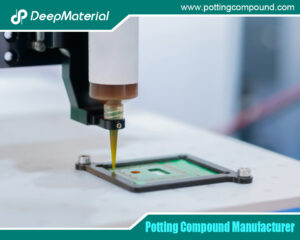
The Benefits of Conformal Coating for Electronics Products
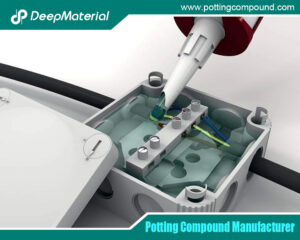
Conformal Coating Spray
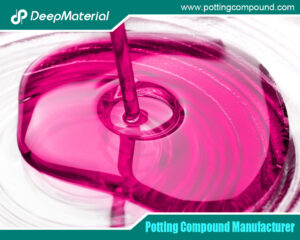
UV Curing Potting Compound
